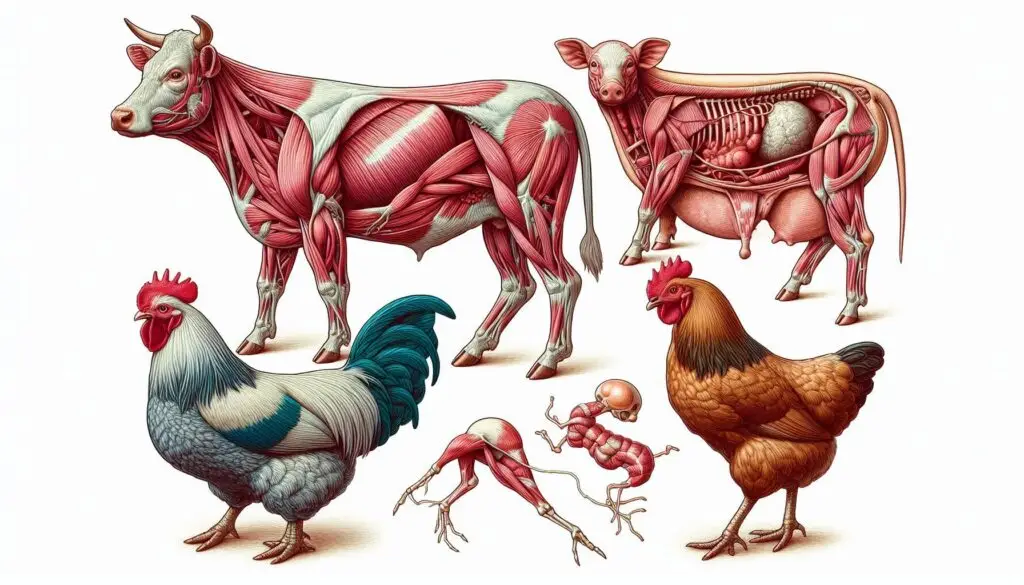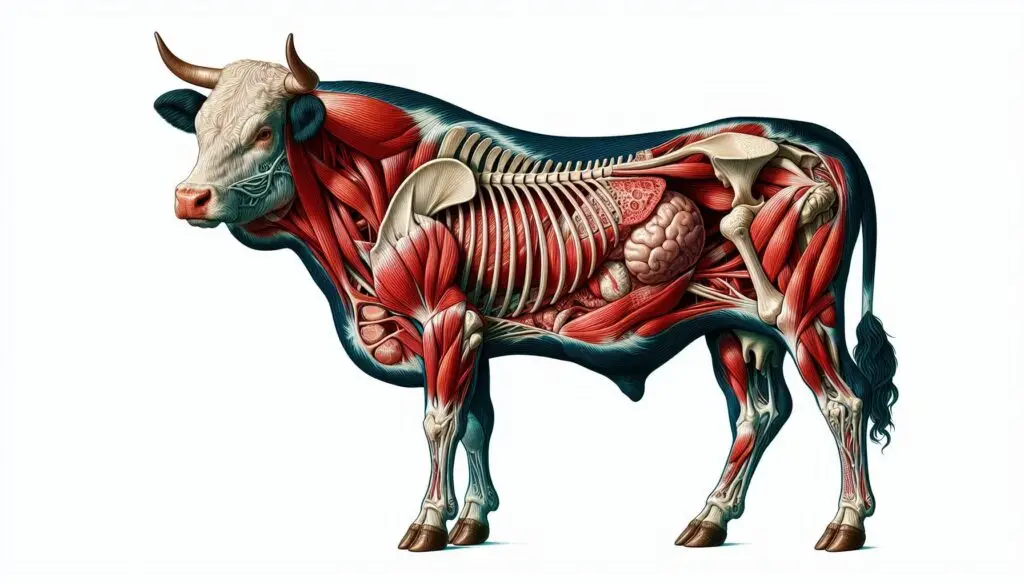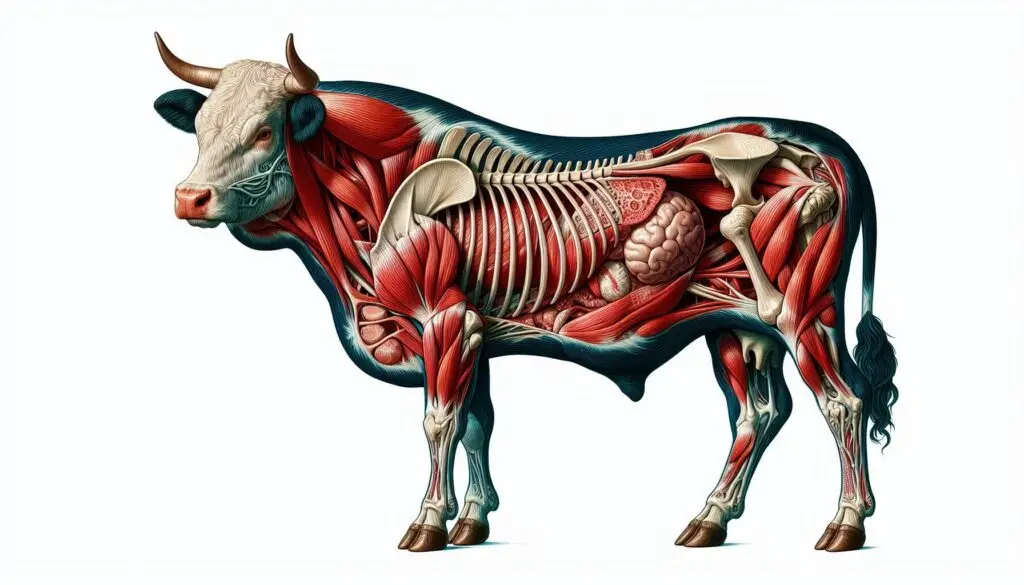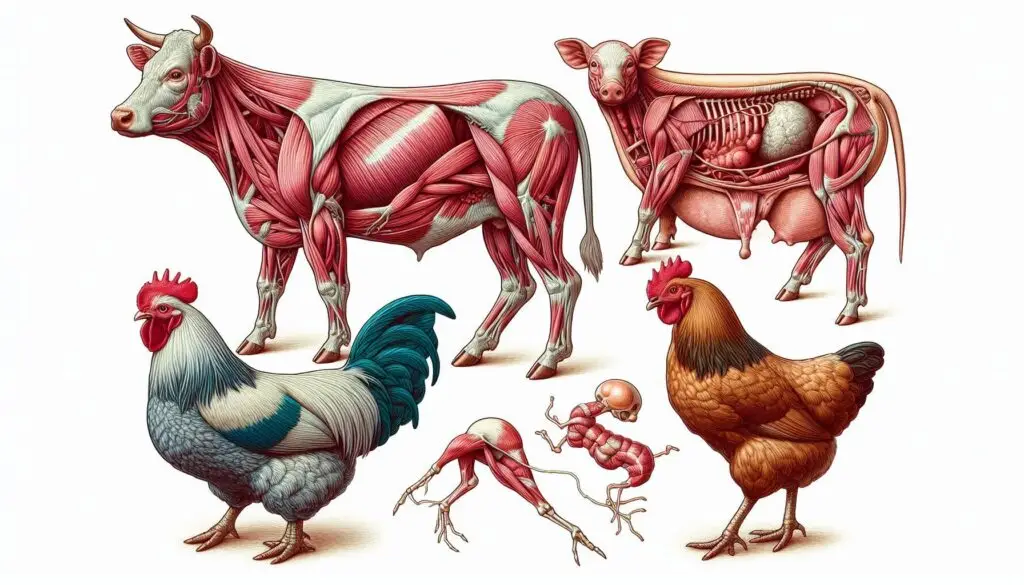Detection of oestrus and time of insemination for better conception

Artificial insemination (AI) has transformed the cattle industry. It allows for genetic improvement and more efficient breeding practices. However, to truly optimize conception rates, understanding estrus detection and insemination timing is crucial. Recent research highlights the factors that influence fertility outcomes in cattle.
The Significance of Estrus Detection and Insemination Timing
Detecting estrus and timing insemination are essential for maximizing conception rates. Traditionally, the onset of estrus was used as the primary indicator for AI timing. However, studies now suggest that the end of estrus is a more reliable predictor of the ideal insemination window.Inseminating cows too early or too late can significantly reduce conception rates. For example, when using sex-sorted semen, the highest conception rates occur when AI is performed between 4 to 8 hours before ovulation. This timing outperforms earlier insemination by a significant margin.
Adjusting Insemination Timing for Better Results
The traditional recommendation of inseminating cows 12 to 24 hours after the onset of estrus may need adjustment. Recent findings suggest that the ideal interval for AI is 16 to 6 hours before ovulation. This is particularly true when using fresh or sex-sorted semen.This shift in timing is crucial. It aligns with the natural progression of the estrous cycle. Ovulation typically occurs around 30 hours after the onset of estrus. The end of estrus serves as a more accurate predictor of the optimal insemination window.
Automated Estrus Detection Systems: A Game-Changer
Automated activity monitoring systems (AAMS) have revolutionized estrus detection in cattle. These advanced technologies continuously track cow activity. They provide alerts when an animal is likely in estrus, allowing for more precise timing of AI.AAMS significantly improve the accuracy of estrus detection compared to traditional observation methods. By providing around-the-clock monitoring, these systems can identify subtle changes in behavior that indicate the onset and end of estrus.
The Impact on Conception Rates
The timing of insemination directly impacts conception rates in cattle. Studies show that for sex-sorted semen, the conception rate is higher when AI is performed closer to the end of estrus. For instance, conception rates reach 57.1% when AI occurs between -4 to 4 hours before ovulation. This is significantly higher than earlier timings, which yield 37.7%, or later timings at 30.3%.The quality of embryos also correlates with the timing of insemination. Higher quality embryos are produced when insemination occurs within 24 to 12 hours before ovulation. Optimal rates are observed when AI is performed 16 to 13 hours before ovulation.
Factors Influencing Estrus Expression and Insemination Timing
Several factors can influence the expression of estrus and the timing of insemination. These include:
- Breed and individual cow differences: Some breeds and individual cows may show more pronounced or subtle signs of estrus. This can affect detection accuracy.
- Herd management practices: The frequency and duration of estrus observation, as well as the use of aids like tail paint or heat mount detectors, impact detection ability.
- Health and nutritional status: Lameness, metabolic disorders, and nutritional deficiencies can influence estrus expression and fertility.
- Environmental conditions: Extreme temperatures, humidity, and stress can affect estrus behavior and the timing of ovulation.
Strategies for Improving Estrus Detection and Insemination Timing
To optimize conception rates in cattle, implement strategies that enhance estrus detection and insemination timing. These include:
- Utilizing automated activity monitoring systems: AAMS provide continuous, accurate monitoring of cow activity. This allows for more precise detection of estrus and optimal AI timing.
- Conducting regular estrus observation periods: Visual observation of cows for signs of estrus remains important. Look for mounting behavior and mucus discharge.
- Employing estrus synchronization protocols: Hormonal synchronization programs can help synchronize estrus and ovulation. This makes it easier to time insemination accurately.
- Maintaining detailed breeding records: Keep accurate records of estrus events, insemination times, and pregnancy outcomes. This can help identify patterns and optimize breeding strategies.
- Providing adequate nutrition and health management: Ensure cows are in optimal body condition and free from health issues. This can improve estrus expression and fertility.
Conclusion
Optimizing cattle conception rates requires a comprehensive approach. Focus on precise estrus detection and accurate timing of insemination. By leveraging the latest technologies, such as automated activity monitoring systems, and incorporating best practices in estrus observation, producers can improve fertility outcomes. This enhances the efficiency of cattle breeding programs. By following these strategies, cattle producers can significantly increase conception rates and ensure a more productive breeding program.
For more pearls of Vets Wisdom:






Responses